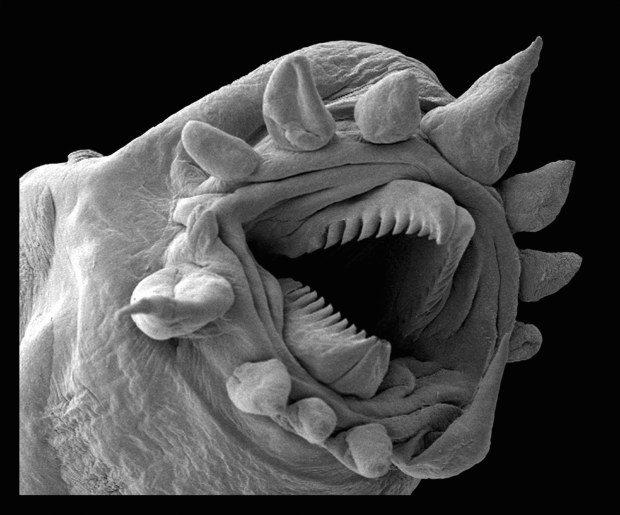 The yellow bits in that lattice are carbon atoms
The yellow bits in that lattice are carbon atoms
TEAM 0.5 is capable of producing images with half‑angstrom resolution, which is less than the diameter of a single hydrogen atom.
“Simply put, TEAM 0.5 is the best transmission electron microscope in the world, representing a quantum leap forward in instrumentation,” said physicist Alex Zettl who led this research. “Having the ability to see, basically in real time, each and every individual atom in a sample is unbelievably useful and the images we can now see have been jaw-dropping for even the most seasoned electron microscopists. TEAM 0.5 is pushing transmission electron microscopy to a new level.”
The properties of solid materials stem from the arrangement of their constituent atoms in the solid’s crystal structure. While technologies such as electron and x-ray crystallography can reveal the atomic geometry of a crystal, they do not identify the precise location and position of each individual atom. When the dimensions of a material shrink to the nanoscale, the location and position of each individual atom becomes critically important, as Zettl explains.
“Think of the steel re-bars on a three-dimensional structure, like a jungle gym,” he said. “If a small piece of re-bar is rusted out somewhere in the center of the gym, it won’t likely have much affect on the overall properties of the structure. In a two-dimensional structure, however, a rusted out segment becomes a much bigger problem, and in a one-dimensional structure, i.e., a single re-bar, a rusted out segment can be catastrophic, causing the entire structure to fail. On a nanoscale crystal, one missing atom or some other defect in the arrangement can result in catastrophic failure.”
“Theorists are currently making all kinds of predictions about the properties of graphene for different local atomic configurations, but until TEAM 0.5, we did not have the ability to actually see and study these configurations in real time,” Zettl said.
Using TEAM 0.5, Zettl, Kisielowski and their collaborators were able to obtain images of graphene membranes – crystalline foils one atom thick – at a resolution of one angstrom using electron beams of a mere 80 kilovolts (kV) in energy.
And this is just the beginning of the story. RTFA – and stay tuned.

